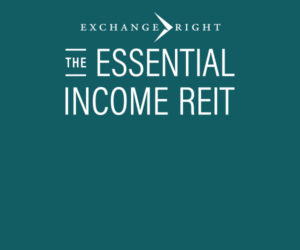Market slowdown: What to look for in a 1031 exchange later in the real estate cycle
July 18, 2017 | by Michael Packman | nyrej.com

While prices have remained high, we are definitely seeing signs of slowing in the market overall. As there always are, the first signs of topping process may already be showing. In areas like New York City, with prices at highs and cap rates at historic lows, combined with a huge amount of new construction continually being made available, we could be setting up for the next decline. A recent walk around SoHo alarmed me a bit by the amount of retail space available. When a market is slowing, retail is usually the first to show. In secondary markets, most sectors have continued to push higher because of investor sales in primary markets looking to achieve higher returns. This has helped the securitized exchange market which have been selling out at a pace not seen since before 2008. This market has benefited from investors looking to diversify into these areas that are outside of their expertise and locality. The DST structure allows investors to leave the management to sponsors that have the experience and presence in select markets. The DST market has been active in NNN and class A/B multifamily for quite some time and has helped to push prices higher in these markets. Class A/B multifamily cap rates in these areas range between in the 5-6% while NNN yields are even lower. Due to where we are in the current cycle, sponsors are looking for creative ways to provide value to their investors.
With interest rates on the rise and a potential market topping process beginning, this is the time when you want to make sure you evaluate the risks of any replacement property carefully. It is important to understand what the effects of a declining market, rising interest rates or in a worst case, both would have on the investment. When considering an exchange, a key factor to evaluate is leverage. As we all know, when utilizing IRC code section 1031, you must replace the debt you currently have in place. With interest rates still low, it can be tempting to take on more debt. While this may increase your overall yield, it is important to take note of the additional risk you may be taking on prior to increasing leverage through the acquisition of your replacement property.











